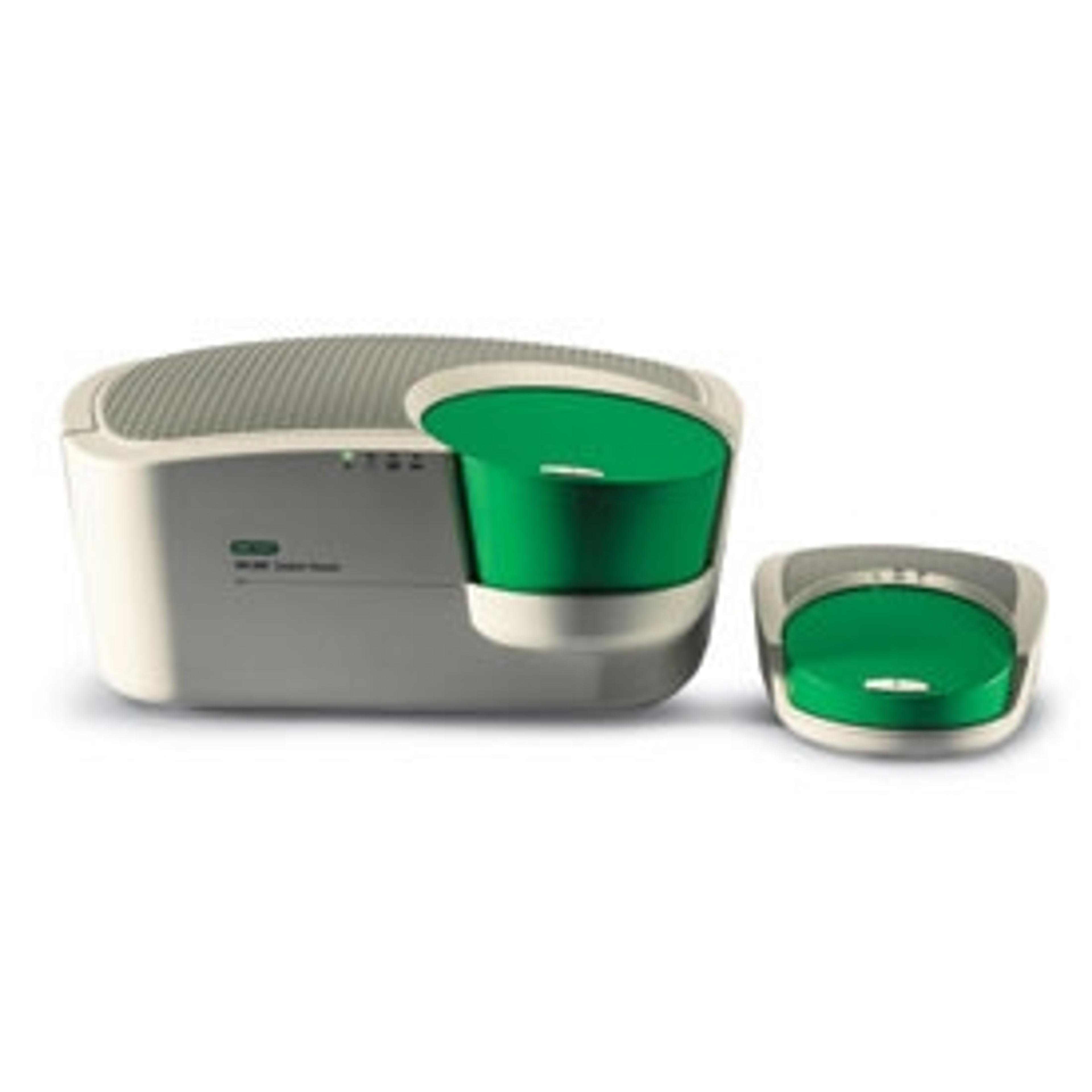Rapid and Cost-Effective Chromosomal Phasing is Possible with Droplet Digital™ PCR Technology
2 Jun 2015Researchers at Harvard Medical School and the Digital Biology Center at Bio-Rad Laboratories, Inc. have developed a rapid, scalable, and cost-effective method for chromosomal phasing that provides researchers with a new method to determine if genetic variants are linked on the same chromosome. Using Bio-Rad’s Droplet Digital PCR (ddPCRTM) technology, the Drop-Phase method can rapidly determine the chromosomal phase of allelic markers hundreds of kilobases apart. This ability may provide new insights into the cause, penetrance, and severity of diseases. The collaborators recently published their findings in the journal PLOS ONE in a research article titled “A rapid molecular approach for chromosomal phasing.”
The “phase” (or linked arrangement) of variants along a single chromosome is known as the haplotype, which is an important piece of the genetic puzzle of a disease. Haplotype cannot be determined from standard DNA sequencing, due to short read lengths.
Unlike conventional phasing methods that are tedious and expensive, Drop-Phase can be used to quickly and affordably determine the phase of multiple sequence variants in a region of interest after a sample has been sequenced. The resulting haplotype data can then be used to characterize how specific combinations of variants contribute to the severity of a disease.
Drop-Phase can also be used to screen individuals for specific haplotypes when sequencing data are unavailable. This is particularly valuable for prospective clinical trials.
“We expect researchers to use Drop-Phase to resolve the configuration of variants discovered from genome-wide association studies and determine whether certain haplotypes contribute to the severity of a disease,” said John Regan, leader of the Advanced Droplet Digital PCR Applications Group at the Digital Biology Center and first author of the PLOS ONE paper. “For the first time, a technology is available that makes this work easy and affordable. This information will greatly accelerate our understanding of disease genomics, which is very exciting,” he said.
“We hope Drop-Phase advances work in a variety of genetic fields, including clinical genetics, genome editing, and the analysis of allele-specific expression,” said Steven McCarroll, professor of genetics at Harvard Medical School, director of genetics for the Stanley Center for Psychiatric Research at the Broad Institute, and the paper’s senior author.
Drop-Phase Overcomes Challenges of Current Chromosomal Phasing Methods
Traditional methods for phasing pairs of variants involve long-range PCR, cloning, and/or manual dilution to single-molecule concentrations followed by sequencing and expensive library preparation methods that may require resequencing. Day-to-day use of these molecular phasing approaches is limited by cost, time requirements, and the distance between allelic markers. In contrast, Drop-Phase allows researchers to rapidly phase hundreds of samples at a low cost and at distances greater than 200 kb in a 96-well format. Additionally, using information across multiple reaction wells makes it possible to phase across vast regions of a chromosome.
Using ddPCR Technology To Determine If Allelic Makers Are on the Same Chromosome
The Drop-Phase method uses ddPCR technology to subdivide a DNA reaction mixture into thousands of nanoliter-sized droplets. “Our approach is based on a simple idea: when two allelic markers are physically linked they will partition into the same droplets,” the article reports. Within each droplet, the DNA is amplified in the presence of two different fluorescent reporters specific to the allelic markers of interest. If a higher percentage of droplets is positive for both markers than expected by chance, the allelic markers are determined to be on the same chromosome.
Phasing Cystic Fibrosis Gene Variants Using Drop-Phase
For the PLOS ONE study, the authors used cystic fibrosis to illustrate the utility of Drop-Phase. Cystic fibrosis is a genetic disorder caused by variations within the 189-kb CFTR gene. Individuals with one compromised CFTR gene are carriers; individuals with both CFTR genes compromised have cystic fibrosis. Knowing the chromosomal phase of CFTR variants is important for predicting the severity of the disease. Using Drop-Phase, the researchers easily determined the chromosomal phase of CFTR variant pairs by revealing whether two mutations in a sample altered only one or both copies of the CFTR gene.
To conduct this study, the researchers used Bio-Rad’s QX200™ Droplet Digital PCR System and its included QuantaSoft™ Software, which automatically calculates the number of linked copies per microliter for every duplex reaction performed. The paper also explains how QuantaSoft calculates the concentration of linked species and how to calculate the percentage of linked molecules in a sample.
Additional Applications for Drop-Phase
In addition to phasing variants, Drop-Phase can be used to validate the presence of somatic structural variants (for example, translocations) and map highly repetitive regions of the genome by estimating the genomic distance separating unique loci.

